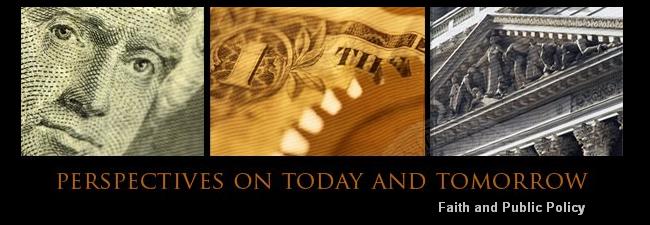“From a recent CBO [Congressional Budget Office] report, here are effective tax rates (total taxes divided by total income) [of household income] for 2005, the most recent year available:
Per cent of
income paid Average
in taxes income ($)
Lowest quintile: 4.3 percent 15,900
Second quintile: 9.9 percent 37,400
Middle quintile: 14.2 percent 58,500
Fourth quintile: 17.4 percent 85,200
Percentiles 81-90: 20.3 percent 120,600
Percentiles 91-95: 22.4 percent 161,800
Percentiles 96-99: 25.7 percent 269,800
Percentiles 99.0-99.5: 29.7 percent 588,100
Percentiles 99.5-99.9: 31.2 percent 1,207,200
Percentiles 99.9-99.99: 32.1 percent 4,699,500
Top 0.01 Percentile: 31.5 percent 35,473,200
N.B.: These figures include all federal taxes, not just income taxes.
That is, even before the Obama tax hikes, the rich face average tax rates more than twice those of the middle class, and about seven times those of the lowest quintile. These data do not tell you the optimal degree of tax progressivity, but they do describe the starting point from which policy is working.”
Greg Mankiw, “Tax Rates of the Rich and Poor”, Greg Mankiw's Blog (26 February 2009).
http://gregmankiw.blogspot.com/
N. Gregory Mankiw is professor of economics at Harvard University and a former Chairman of President George W. Bush’s Council of Economic Advisors. His textbook is used in Regent’s Principles of Economics course.
Income in the above table include the entire range of pre-tax income available to households: Wages, salaries, self employment income, rents, taxable and nontaxable interest, dividends, realized capital gains, cash transfer payments, and retirement benefits such as Social Security, Medicare, and federal unemployment insurance plus various in-kind benefits such as food stamps, school lunches and breakfasts, housing assistance, and energy assistance). Taxes paid include Federal direct taxes such as income taxes and social insurance taxes and indirect Federal taxes such as corporate income taxes and the excise tax. The data do not include state and local taxes. DOW added the data relating to income to the above table. The CBO report can be downloaded from: http://www.cbo.gov/ftpdocs/98xx/doc9884/12-23-EffectiveTaxRates_Letter.pdf.
It is true that the richest one-hundredth of one per cent of households (“the richest among the rich”, in number, less than 11,500 households) have a disproportionate share of total household income but they also pay a very disproportionate share of Federal taxes. As an example, according to the CBO report, these households, only 11,500 in all in the country, pay 31½ of their income in Federal taxes, as shown above. But this small group of people account for 6½ per cent of all Federal taxes paid by all households and 8 per cent of all Federal income taxes paid. In contrast, the income tax liability of the two lowest quintiles, comprising 40 per cent of all households, is -7.5 per cent, meaning 45,800,000 households receive in total a net inflow of income -- a subsidy -- from the Federal income tax system equal to 7.5 per cent of all income tax receipts. This subsidy reduced their total liability for all kinds of Federal taxes to less than 4½ per cent of their household income, as shown in the above table.
In the campaign leading up to November’s election candidate Obama promised to remove even more households from the income tax rolls as he further raised taxes on the “rich” and expanded the subsidy to lower income households. This would further skew the differences in tax liabilities and benefits between these two groups.
To gain an idea of the total tax burden on American households one must also consider state and local taxes. In 2005, these taxes were more than 15 per cent of the national income. Because the “rich” pay a higher proportion of these taxes, it is likely that their share of these taxes was more than 20 per cent of their household income in that year. From the table above, one can see that the top 1 per cent of income earners pay nearly 30 per cent of their household income in Federal taxes. Adding the 20 per cent state and local tax burden to a 30 per cent Federal tax burden is a crushing burden on any family.
Further raising taxes on so-called “rich” families, as the Administration proposes, would transform a group of people already carrying far more than their "fair" share of the burden into slaves of the state.



No comments:
Post a Comment